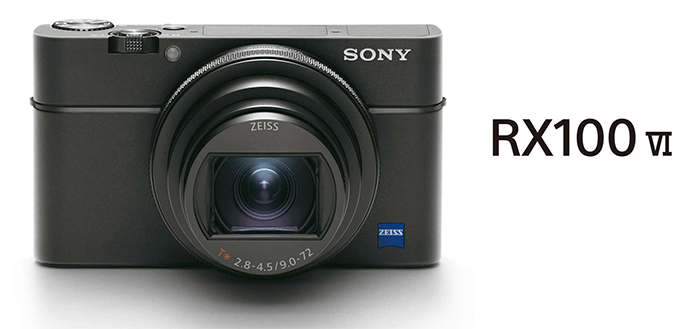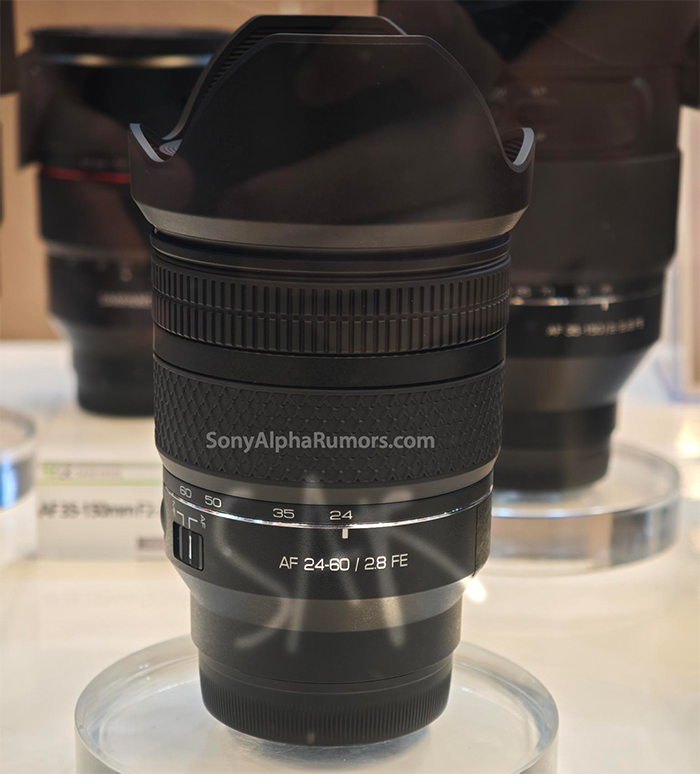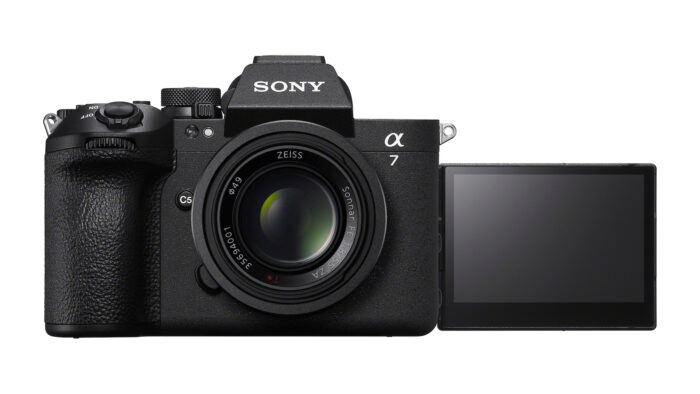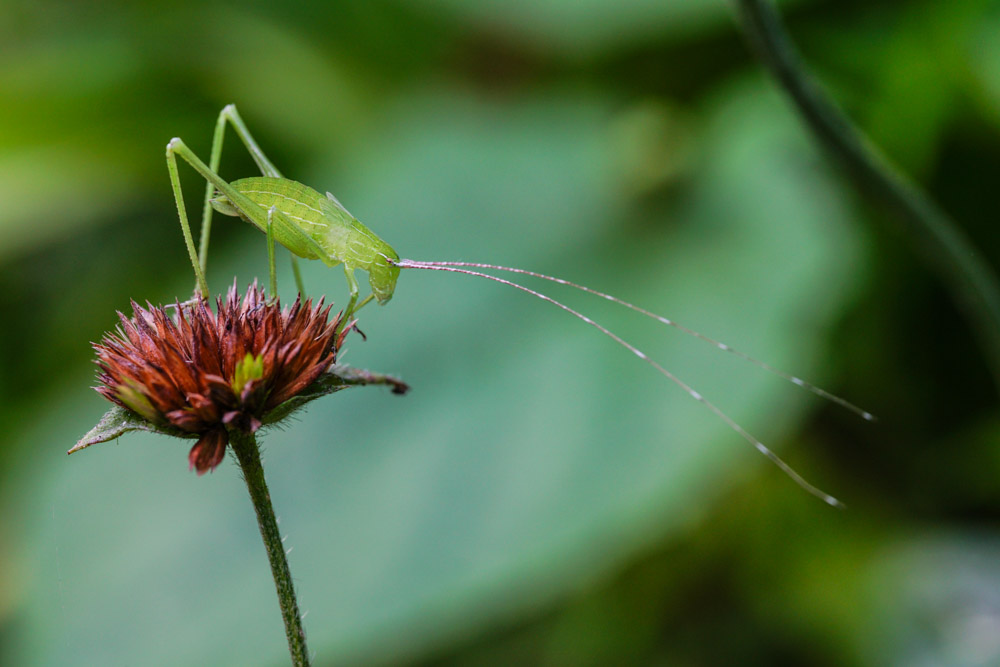Sony RX100VI press text

Preorders (open on June 7):
RX100VI at BHphoto.
Sony VCT-SGR1 Shooting Grip at BHphoto.
Sony’s announces RX100 VI that combines high magnification zoom 24-200mm, large aperture, world’s Fastest AF Speed in ultra-compact body
- ZEISS® Vario-Sonnar T* 24-200mm[i] F2.8 – F4.5 Large Aperture
- Compact body size of acclaimed RX100 series
- World’s Fastest[ii] 0.03 seconds[iii] AF speed
- 315 focal-plane phase-detection AF points covering approximately 65% of frame
- 1.0-type stacked 20.1 MP[iv] Exmor RS™ CMOS image sensor with DRAM chipand upgraded BIONZ X™ image processor and Front-end LSI
- High-speed continuous shooting at up to 24 fps[v] with full AF/AE tracking
- Optical image stabilisation equivalent to a 4.0-stop[vi] faster shutter speed
- High Resolution 4K[vii] Movie Shooting with full pixel readout and no pixel binning plus 4K HDR[viii] for instant HDR workflow
Sony today announced another exciting model for their popular Cyber-shot RX100 series of compact cameras, the RX100 VI (model DSC-RX100M6).
The innovative new RX100 VI camera is the first of all the RX100 models to include a high magnification zoom lens, as it packs in an impressive ZEISS® Vario-Sonnar T* 24-200mmi F2.8 – F4.5 lens yet doesn’t sacrifice the pocket-size portability, fast responsiveness and high image quality that has become the hallmark of Sony’s RX100 line-up. It’s extensive zoom, impressive image quality and versatility for both still images and video make it an ideal choice for capturing daily life, cityscapes, portraiture, sports, wildlife and everything in between.
The new model is equipped with a 20.1 MP 1.0-type stacked Exmor RS™ CMOS image sensor with DRAM chip and an upgraded BIONZ X™ image processing system with a front-end LSI that maximises processing speed and optimises image quality in all shooting environments. Additionally, the RX100 VI features an incredibly efficient Fast Hybrid AF system with 315-point phase-detection AF points on the sensor that can acquire focus in as little as 0.03 secondsiii, the world’s fastestii AF acquisition time for 1.0-type sensor cameras. It can also shoot at up to 24 fpsv at full resolution with continuous AF/AE tracking and produces beautiful 4Kvii SARvideo with full pixel readout and no pixel binning.
New High-Magnification 24-200mm Zoom Lens Plus Outstanding Image Quality
A first for Sony’s RX100 series of cameras, the new ZEISS® Vario-Sonnar T* 24-200mmi F2.8 – F4.5 lens packs the power of both 24-70mm and 70-200mmi focal lengths into a singular compact design. This is achieved thanks to its unique design featuring two ED (extra-low dispersion) aspherical glass elements and eight aspherical lens elements includingfour AA (advanced aspherical) lenses. All pieces work together seamlessly to deliver outstanding sharpness from corner-to-corner at all focal lengths, maintaining the acclaimed image quality of the RX100 series.
The impressive new lens on the RX100 VI maintains a large aperture throughout the entire zoom range, ensuring portraits can be created with beautiful bokeh, fast moving subjects can be captured with crisp focus and no blurring, and much more. Additionally, the lens has built-in Optical SteadyShotTM image stabilisation that is equivalent to a 4.0-stopvi faster shutter speed, helping to prevent blur at slower shutter speed while shooting in low light conditions or at telephoto zoom range.
Lightning-Fast AF Performance and Shooting Speeds
The new RX100 VI model features a Fast Hybrid AF system that ultimately allows the camera to acquire focus in as little as 0.03 seconds.iii This innovative AF system combines the respective advantages of 315-pointfocal-plane phase-detection AF points that cover approximately 65% of the sensor and contrast-detection AF. This high speed focusing system complements the versatile 24-200mmirange of the lens, ensuring all subjects can be captured with precise detail and clarity.
Additionally, a first for the RX100 series of cameras,the RX100 VI includes Sony’s advanced High-density Tracking AF technology, whichconcentrates AF points around a subject to improve tracking and focus accuracy. Thepopular Eye AF technologyis also available with approximately 2x the tracking performance of the current RX100 series model.[ix] Furthermore, the camera has LCD touch focusing and touchpad focus point control for users that would like to drag their fingers to ideal focus points of their choice.
An ideal complement to the AF system, the RX100 VI offers continuous high-speed shooting at up to 24 fpsv with full AF/AE tracking, with an impressive buffer limit of up to 233 images[x]. The display lag of the EVF has been substantially reduced compared to prior models, allowing shooters to capture the decisive moment with ultimate confidence. Also, continuously shot images can now be played back in group on display instead of individually making it more convenient to review.
The RX100 VI also has a high speed Anti-Distortion Shutter (maximum shutter speed of up to 1/32000 second) that reduces the “rolling shutter” effect commonly experienced with fast moving subjects, and can shoot completely silently in all modes, including continuous high speed shooting, when electronic shutter is engaged. A mechanical shutter mode is also available as well if required by the user.
Advanced Movie Capabilities Including 4K HDR
The pocket-friendly RX100 VI is packed with a variety of video capabilities that will satisfy even the most demanding video enthusiasts.
With Fast Hybrid AF, the focal-plane phase-detection AF points ensures accurate focusing and tracking performance, even for the severe focusing requirements of 4Kvii movie shooting. AF drive speed and AF tracking sensitivity can also be adjusted via the menu system, giving shooters plenty of flexibility based on their focusing preferences.
In 4Kvii mode, the new RX100 VI utilises full pixel readout without pixel binning to ensure that all the finer details of 4Kvii video are captured with minimal moire and ‘jaggies’.
For the first time in a Cyber-shot camera, the RX100 VI features 4K HDRviii compatibility thanks to its new HLG (Hybrid Log-Gamma) picture profile that offers an instant HDR workflow solution. Additional professional calibre video features include S-Log3/S-Gamut3, 120p Full HD mode, Picture Profile, proxy recording and more. The RX100 VI is able to record superslow motion[xi] video at either 250 fps, 500 fps or 1000 fps[xii].
Premium Design, Control and Convenience
The new RX100 VI is equipped with a high-contrast 2.35 million dot XGA OLED Tru-Finder™ with ZEISS® T* Coating, ensuring true-to-life image preview and playback functionality. The EVF itself retracts in and out of the camera body based on user preference, and can be activated instantly by a single One-push Access button.
A first for Sony’s RX series, RX100 VI has a touch shutter that can be activated by tapping the back LCD screen, a zoom lever with customisable zoom speeds and an LCD that can be rotated 180 degrees upward or 90 degrees downward for a variety of shooting angles for the creator. There is also a Monitor Auto OFF function that boosts max number of still images by up to 30%, and the camera is also Wi-Fi®, NFC™ and Bluetooth®compatible.
Pricing and Availability
The new Sony Cyber-shot RX100 VI compact camera will ship in Europe in July priced approximately £1,150.
[i] 35mm format equivalent
[ii] Along with the RX10 IV. Among fixed lens digital cameras with 1.0-type sensor. As of June 2018 press release, based on Sony research
[iii] CIPA standard, internal measurement, at f=9.0mm (wide-end), EV6.9, Program Auto, Focus mode: AF-A, Focus area: Centre
[iv] Approximate effective megapixels
[v] With “Continuous shooting mode: Hi”
[vi] CIPA standard, pitch/yaw directions, at 200mm (35mm format equivalent)
[vii] QFHD: 3840×2160
[viii] Connect to an HDR (HLG) compatible Sony TV via a USB cable to view HDR (HLG) movies
[ix] Compared to the DSC-RX100M5. Sony test conditions
[x] With “Continuous shooting mode: Hi” and “Image quality: Fine”
[xi] Audio recording is not available. A Class 10 or higher SDHC/SDXC memory card is required
[xii] In PAL mode. Menu allows switching between NTSC and PAL modes




